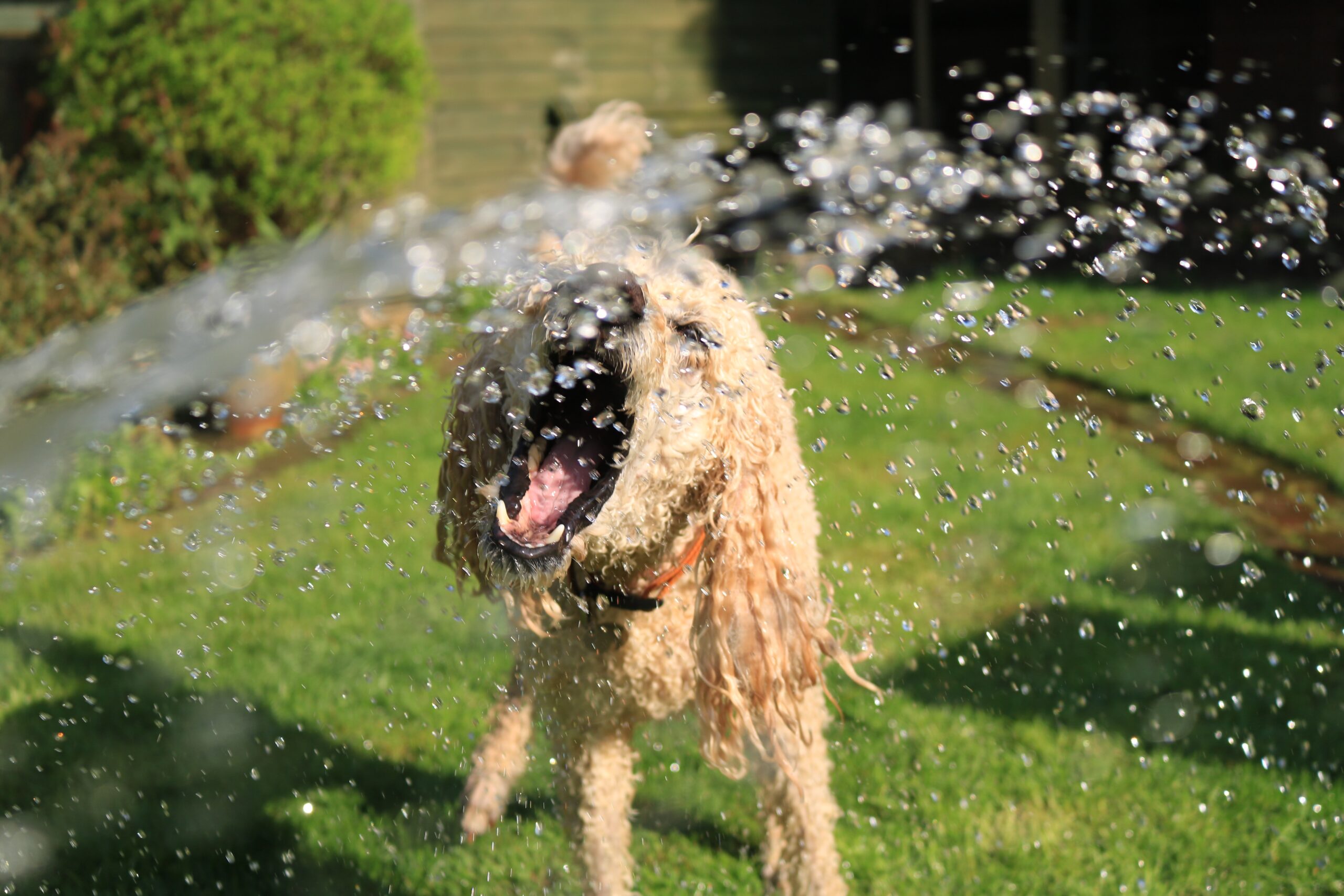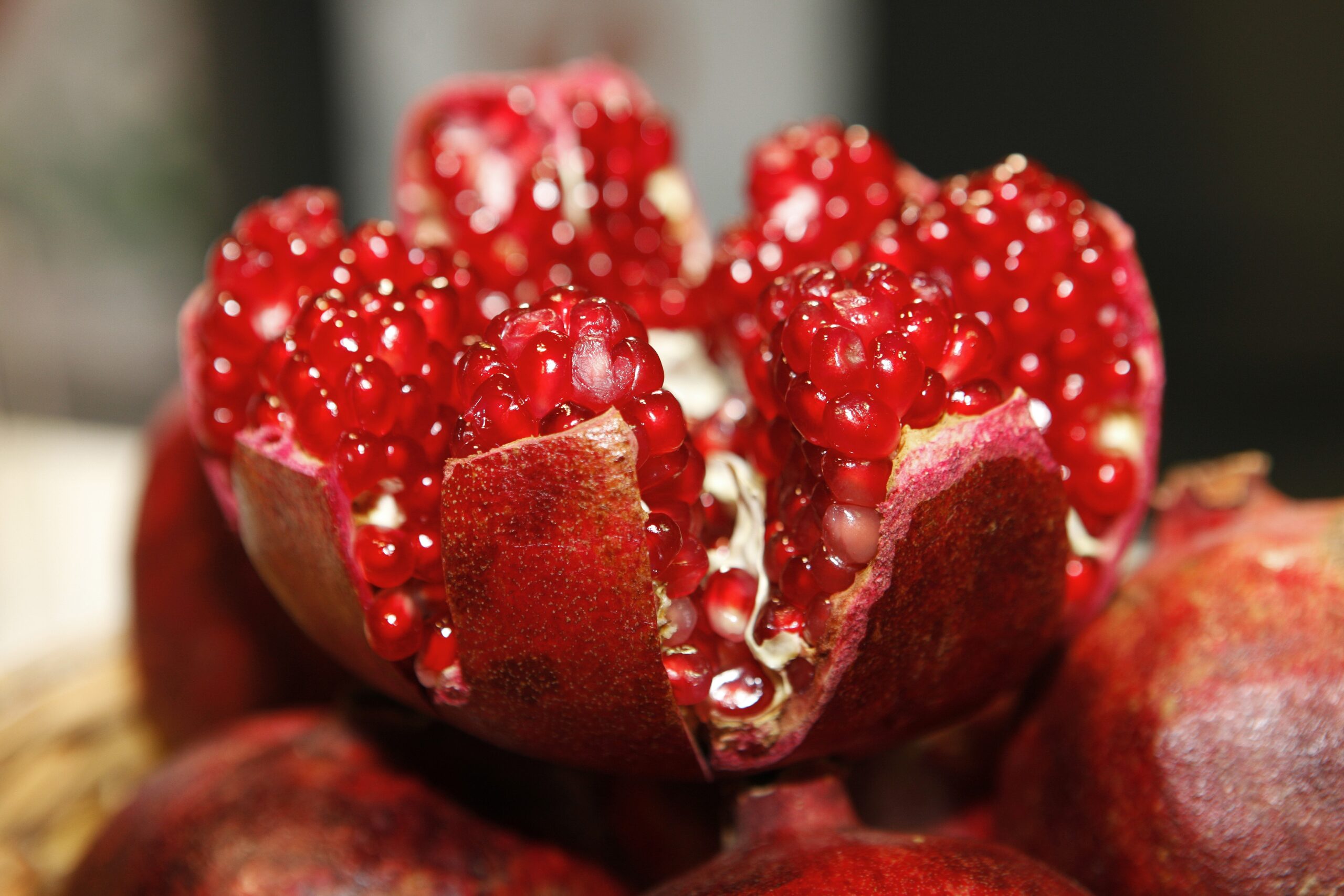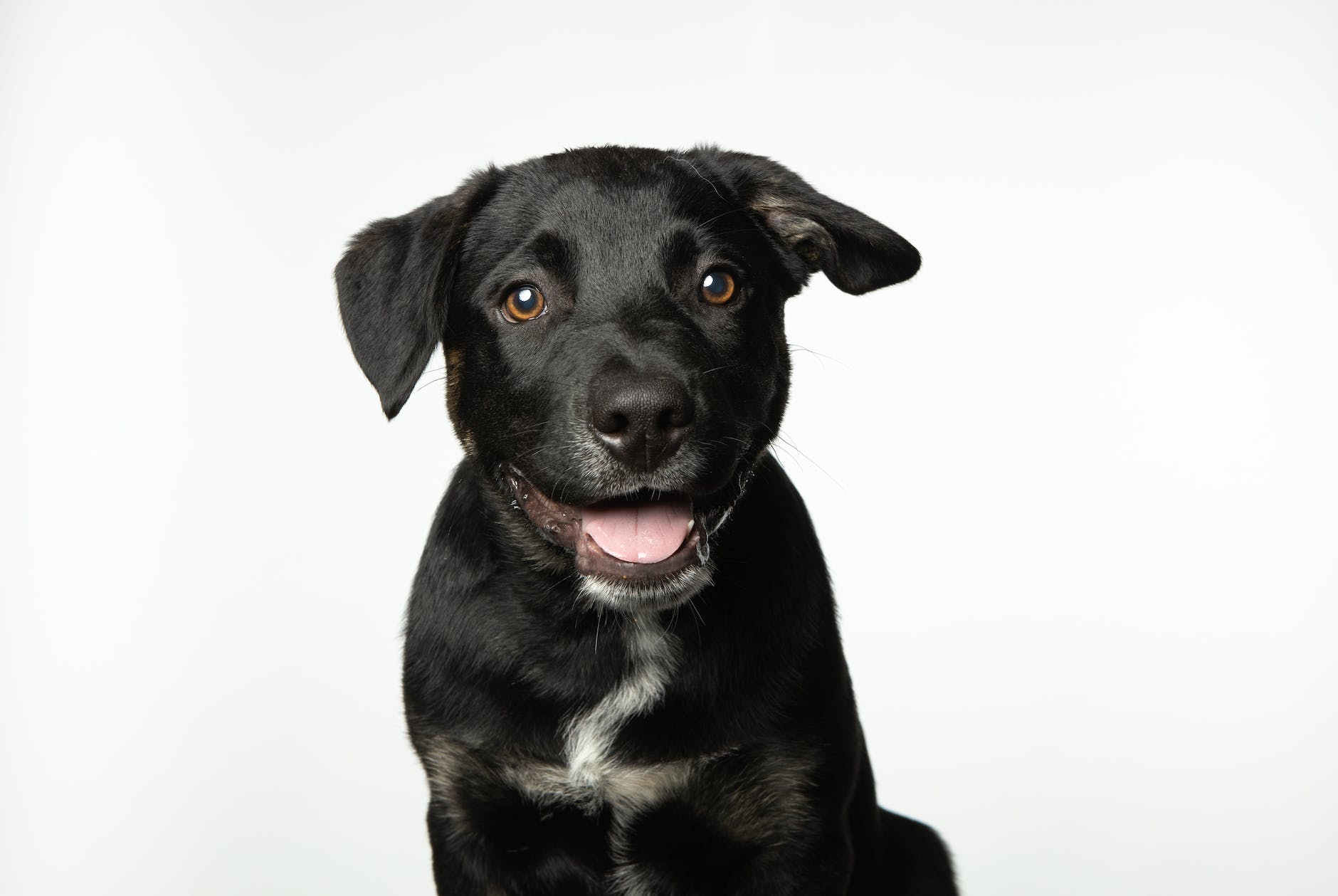

Hyaluronic acid for the dog?! You can't be serious!
What do you think of first when you hear the word "hyaluronic acid"? For some people, creepy images of unsuccessful cosmetic procedures will immediately come to mind. Day after day, countless ladies and gentlemen go under the knife to impress with full lips, cute snub noses and prominent cheekbones.
In any case, the people concerned do turn heads - whether in a positive sense is something everyone has to decide for themselves. But what on earth does the hyped beauty elixir have to do with your four-legged companion? And let's be honest: isn't one look at the "victims" of the beauty industry enough to label hyaluronic acid as risky and even dangerous? We clear things up!
Like the oil in the engine
Let's return to the use of hyaluron as a beauty booster: The filler has gained its groundbreaking popularity because it smoothes and tightens - and also makes more elastic and has a wound-healing effect. Here we are slowly getting closer to the point, because it is precisely these properties that serve medical purposes for your dog.
As an essential component of the joint fluid, hyaluronic acid is like the oil in your dog's engine: it acts as a lubricant and therefore has the important task of ensuring that all joint movements take place with little friction and wear. Hyaluronic acid has been used for years in the treatment of arthrosis. Over time, this disease of the musculoskeletal system causes lasting damage to the affected joint, which is caused by the breakdown of hyaluronic acid. The joint fluid loses its oily consistency, causing the joint surfaces to rub against each other unhindered. Hyaluronic acid as a dietary supplement provides relief![1]
How hyaluronic acid ensures mobility for your pet
You can't see blood and the mere sight of syringes sends shivers down your spine? No problem! You don't need veterinary training to stabilise your dog's joints. All you need is the right nutritional supplement, which you can give to your dog every day in his food. Afterwards, you should start training, because your dog will demand much longer walks in the future. The reasons are obvious (or in the bowl, to be more precise):
Hyaluronic acid as a food supplement for dogs ...
- ... increases the lubricity of the joint fluid
- ... alleviates the inflammation of the joints associated with osteoarthritis.
- ... increases the shock-absorbing effect of the joint cartilage
- ... slows down the processes of arthrosis
- ... leads to less pain and improvement of lameness.[2]
Cards on the table: Side effects? Dosage? Period of use?
You need facts and figures? We have them for you! The use of hyaluronic acid as a natural joint lubricant has proven itself in veterinary medicine, especially in high-molecular form. The oral administration as a food supplement is absorbed safely and without side effects by your furry friend, as long as you adhere to the following dosage recommendations:
- Dogs with a body weight of up to 4.5 kilograms - up to 3 milligrams of hyaluronic acid daily.
- Dogs with a body weight between 4.5 and 11 kilograms - up to 12 milligrams of hyaluronic acid daily.
- Dogs with a body weight between 11 and 23 kilograms - up to 24 milligrams of hyaluronic acid daily.
- Dogs with a body weight between 23 and 45 kilograms - up to 36 milligrams of hyaluronic acid daily.
In order to achieve a lasting effect, we recommend a period of use of at least three months. If necessary, you can offer your four-legged friend hyaluronic acid as a food supplement up to three times a year in the form of a cure.[3] And don't worry: no disfigured dinghy lips await you here - word of honour!
[1] Serra Aguado, C. I., Ramos-Pla, J. J., Soler, C. et al. (2021): https://www.mdpi.com/2076-2615/11/5/1264
[2] McDonald, J. E., Knollinger, A. M. (2018): The use of hyaluronic acid subdermal filler for entropion in canines and felines: 40 cases.
[3] Serra Aguado, C. I., Ramos-Pla, J. J., Soler, C. et al. (2021): https://www.mdpi.com/2076-2615/11/5/1264
Latest Post


Vitamine für Hunde und Ihre Rolle

Vitamin B für Hunde: Die Bedeutung für das Nervensystem und die allgemeine Gesundheit
Our Guide
Latest Post

Wissenswertes über den Nutzen von Granatapfel für die Gesundheit Ihres Hundes
Granatapfel ist eine gesunde und nahrhafte Ergänzung für den Hundefutter-Mix. Der Granatapfel ist reich an Antioxidantien, Vitaminen und

Die Vorteile von L-Carnitin für den Gesundheitszustand Ihres Hundes
L-Carnitin ist eine wichtige Verbindung, die bei der Umwandlung von Körperfett in Energie hilft. Dies macht es zu

Magnesium für Hunde – Warum es wichtig ist
Magnesium ist ein wichtiger Nährstoff für den Körper des Hundes und spielt eine entscheidende Rolle bei der Regulation
